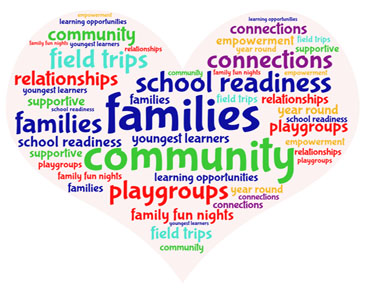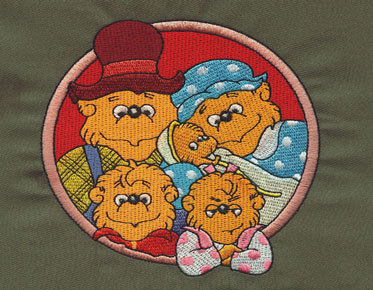Raster Image to Vector Conversion: Does it Lead to Loss of Detail or Inaccuracies?
Abstract: When converting raster images to vector graphics, there is a possibility
of experiencing loss of detail or inaccuracies during the conversion process.
This article explores the factors contributing to these issues and provides
practical tips to minimize detail loss and improve accuracy.
Raster-to-vector conversion can sometimes result in the loss of fine details or introduce inaccuracies.
Several factors can contribute to these issues:
1. Image Complexity: The complexity of the
original raster image can affect the accuracy of the conversion. Highly
intricate or detailed images may not convert as accurately, leading to a loss of
fine details or simplified vector artwork.
2. Resolution and Image Quality: Low-resolution or poor-quality raster images may lack sufficient data for an accurate representation in vector form. This can result in detail loss or introduce artifacts during the conversion process.
3. Manual Tracing Errors: Manual tracing,
which involves hand-converting the image, can introduce human errors that
affect the accuracy of the final vector artwork. Inaccuracies may occur,
especially with complex or irregular shapes.
4. Software Algorithms: Different software
tools employ various algorithms for raster-to-vector conversion. The quality and accuracy of the conversion can vary depending
on the software used. Some algorithms may struggle with certain image types,
leading to inaccuracies or loss of detail.
To mitigate detail loss and inaccuracies during raster-to-vector conversion, consider the following practical tips:
Start with High-Quality Images: Begin with
high-resolution, clean, and clear raster images that contain as much detail as
possible. Higher-quality input will result in better vector conversions.
1. Use Professional Conversion Tools: Utilize professional-grade software specifically designed for raster-to-vector conversion. These tools often provide more accurate and customizable conversion options.
2. Manual Editing: If necessary, manually edit
and refine the vector artwork after the initial conversion to ensure an
accurate representation of details. Manual adjustments can help correct any inaccuracies
or missing elements.
3. Review and Compare: Compare the converted
vector artwork with the original raster image to identify areas where details
might have been lost or inaccuracies introduced. Make necessary adjustments to
restore or enhance the lost details.
It's important to strike a balance between
automated vector art conversion and
manual refinement to achieve the desired level of accuracy and detail
preservation in the final vector artwork.
In conclusion, while raster-to-vector
conversion can introduce challenges such as detail loss and inaccuracies,
following best practices and utilizing professional vector art conversion services can help minimize these issues. By
starting with high-quality images and implementing careful manual editing when
required, it is possible to achieve accurate and visually appealing vector
representations of raster images.



